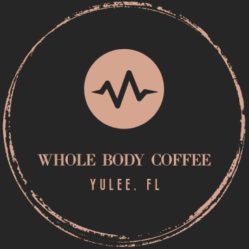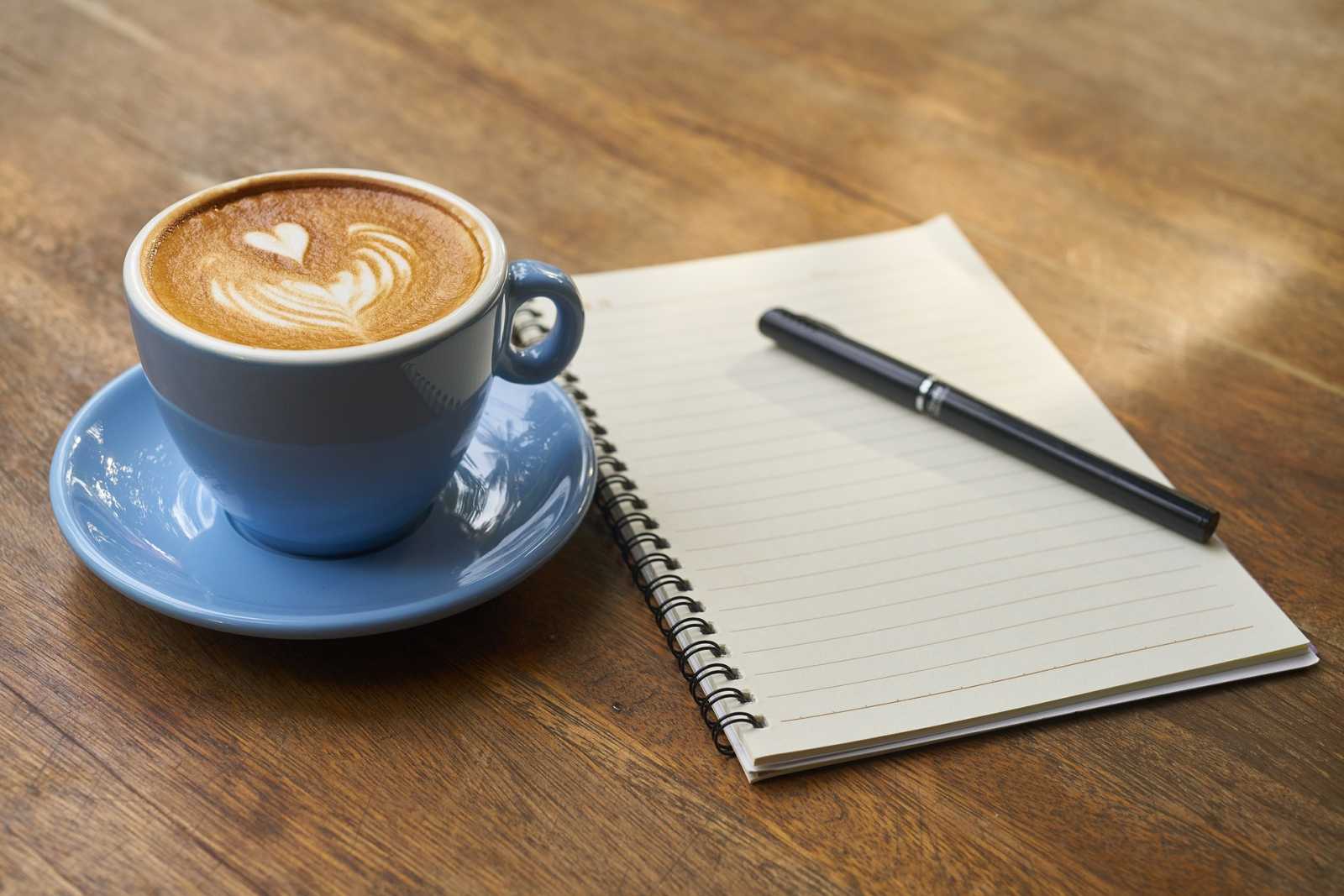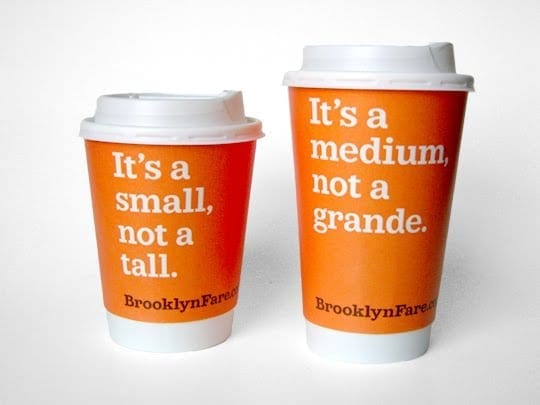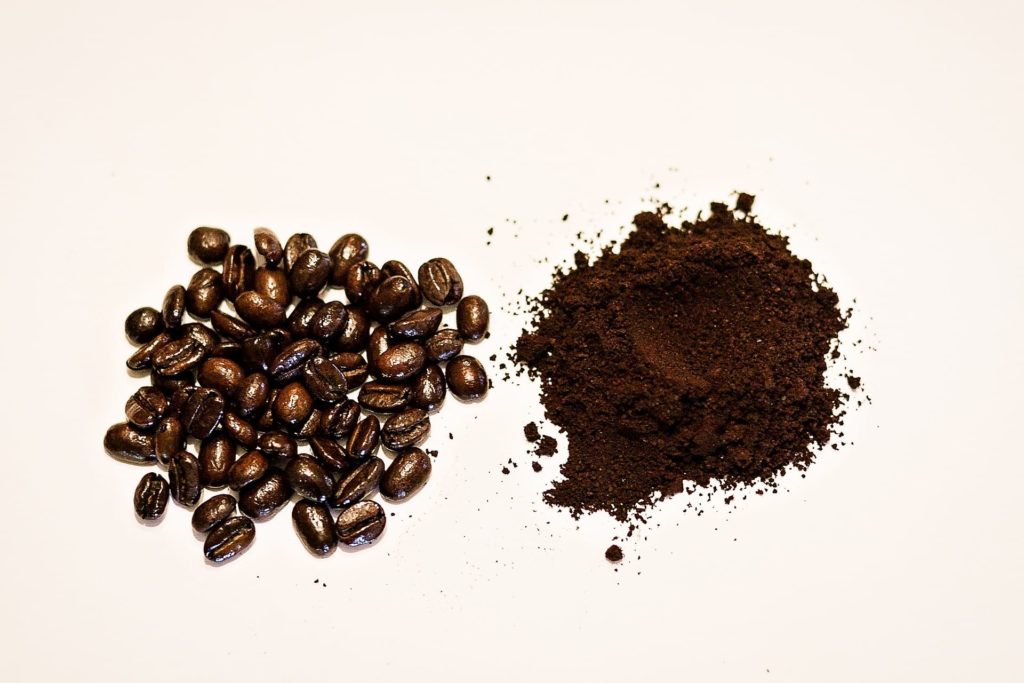Sumatra is an Indonesian island hanging out between Australia and Asia. It has a rich history of coffee production which I won’t be getting into because if your interested you can google it and read to your heart’s content. What we are talking about here is why you, as the reader of this article, should try this unique coffee.
Common Sumatra Knowledge
Here is where we get to go over everything you know about Sumatran coffee and everything you think you know about Sumatran coffee. Let’s start off by clarifying that “Sumatra” is not a roast. I’ve seen coffee marketed or spoken about as a “Sumatra roast” typically implying that the aforementioned coffee is a dark roast. The confusion here stems from the fact that most roasters tend to roast this bean darker than most other origins. The reason for this is, darker roasts can create flavors which mask the potentially inconsistent flavors produced from the unique processing methods used in Sumatra. Also, a darker roast tends to enhance the natural characteristics of the bean leading to a rich, heavy body and bold complex flavors of herb, chocolate, brown sugar, and raisin. What really makes this coffee popular is it’s ability to deliver the body and complex flavor I just described with a very low acidity, which yields a creamy smooth coffee which lingers on the tongue. If your mouth isn’t watering yet, wait until you open your first bag and experience the aromas.
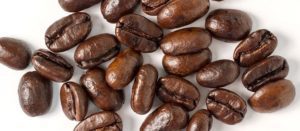
A point I want to make here is that Sumatran coffee does not need to be roasted dark to produce a great cup of coffee. As a matter of fact, using a medium-dark or even medium roast can bring out many unique earthy qualities of this bean. Although we do emphasize the qualities of this bean at a darker roast I certainly recommend trying a lighter roast. You just may find your new favorite brew by breaking out of the “norm” associated with this particular origin.
Finally, I’ll include a couple tidbits just to make sure you know what your getting yourself into.
- Sumatra is one of those things that tend to divide people. Many people love Sumatra coffee, while many criticize its robust body and heavy earthy flavors, feel free to pick a side.
- The caffeine content of this bean is fairly typical of an arabica coffee so don’t let those bold flavors fool you into thinking you’re getting an extra dose.
- The Sumatra name is definitely a victim of marketing abuse. Be aware of what is on the label, and don’t be fooled into paying a premium because someone decided to print which part of the island the beans are from.
- There are a few unique regions of Sumatra that produce coffee. If you are interested you can look it up.
- Our Sumatra is from Gayo.
- Other terms to look out for which are typically paired with Sumatra: Gourmet, Premium, Artisan. Hopefully we have all learned by now that those terms mean nothing.
Sumatran Coffee Processing
The methods used to process the coffee beans in Sumatra is a bit unique. Sumatran coffee’s unique characteristics can largely be attributed to this processing method. I won’t dive too deep into processing methods here, I could write a ten page essay on that topic, so we’ll just touch on the important parts.

The basic steps for coffee processing are: pick ripe coffee cherries, remove the meat of the fruit from the seed, dry the raw coffee beans, package and ship. There are several ways to do each of these steps and the people of Sumatra have their own. The unique processing of these coffee beans is largely due to the weather. It’s very rainy on this island and it’s hard to dry anything in the rain. Basically what they do is dry the beans in several stages all the way up until the point they are ready to export them. Usually coffee beans are dried to a moisture content around 9-11% shortly after being harvested. Sumatran beans have a much higher moisture content for a much longer period of time. This results in the deep earthly flavors Sumatra coffee is known for.
Brewing Sumatra Coffee
For the most part, brew this coffee the same way you would brew your other coffees. I would like to offer a few pointers for those interested in experiencing this coffee.Â
This applies to those of you ordering this coffee dark. When beans are roasted dark, that means we are really putting some heat into these things. At this point, we are starting to break down the cellulose structure of the bean and changing the overall physical and chemical composition. Bottom line here is that although a dark roast produces a strong flavor, it also produces a weak bean. By weak bean I mean physically fragile. To counteract this you should brew the coffee with care. Try a lower temperature, even as low as 190F. Use a method with less agitation such as French Press. Any method is fine but using high temperatures found in drip machines and espresso machines can bring out some undesirable bitterness (think Starbucks).
I can honestly say I have not tried a Sumatran cold brew so I can’t offer any pointers there. If anybody out there has tried a Sumatran cold brew, please leave a comment and let us know how it is!
As always, I urge you to take the time to experiment. Try this unique origin if you haven’t. Experiment with different roast levels. Try a new brewing method. Perhaps most importantly, talk to your fellow coffee lovers. Share what you love or don’t, what worked and what didn’t, and broaden your coffee experience.
The team at Whole Body Coffee surely loves to talk coffee so reach out to via your method of choice. Whether you want to email, call, text, comment, Facebook message, or yell at us if you see us around, we will happily respond to answer whatever question you have or just talk coffee.

Sumatra
Body: Heavy
Acidity: Mild
Whole Body Coffee has released their own Sumatra coffee product, check out the “shop” page to purchase this single origin coffee product. All coffee is roasted and shipped the same day. If you live near Yulee, FL, delivery is always free!
